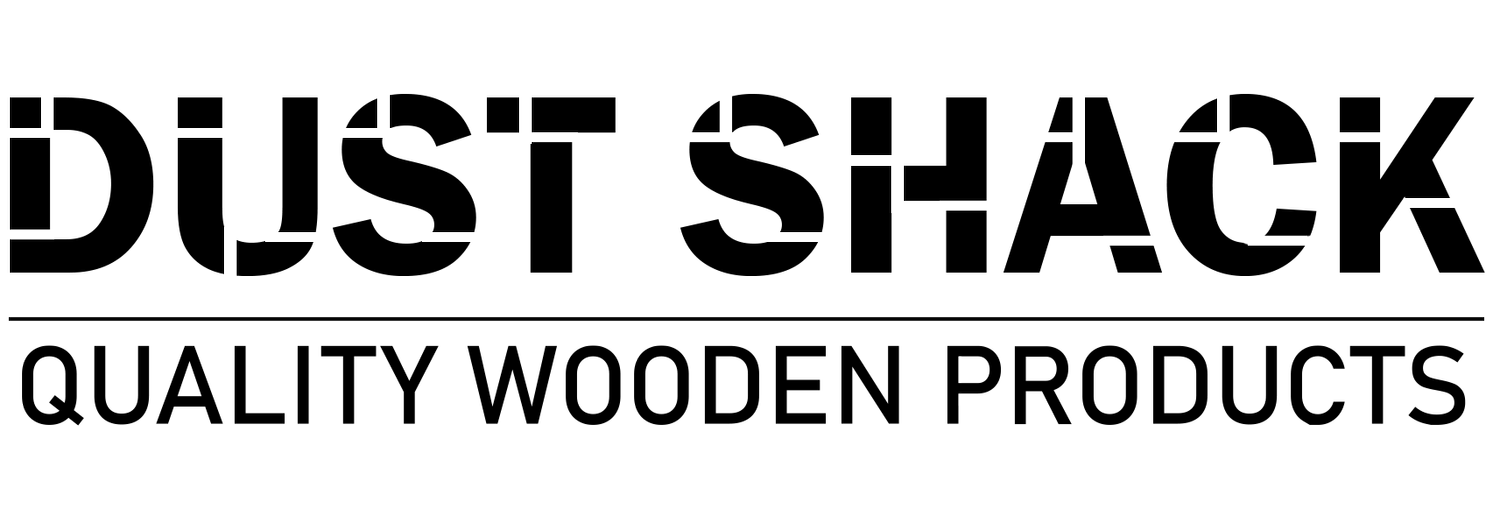Care Instructions for our Solid Wood Chopping and Platter Boards
All our chopping and platter boards are made from the highest grade timber, which has been kiln dried to reduce the levels of moisture in the wood. This process ensures the wood is as stable as possible with a minimal risk of cracking or warping. However, wood is a natural material and, much like ourselves, requires ongoing care to keep the item looking its best. As such, we have put together a simple guide to caring for and maintaining the quality of your board for years to come.
We have treated each board with pure mineral oil which is a tasteless, odourless, clear and food safe product, fully approved by the British Pharmacopeia. This protects the wood when cleaning, and brings out the natural colour, beauty and sheen of the wood. However, when you wash and clean your board, the oil will reduce and requires replenishing to maintain the beauty and durability of your serving board. As such, if you use your food board daily, we recommend oiling the board once a week, but you may find you need to oil more or less frequently depending on your usage and the cleaning products you use.
How to oil your chopping and platter boards:
Any food safe pure mineral oil can be used to keep your board nourished and there are lots to choose from online and in some home stores. These are the steps we take when oiling our solid wood boards, however, you should always follow the manufacturer’s instructions for the specific oil you have purchased:
Step 1 – Before oiling your board, make sure it is clean and dry. Wash with warm soapy water if required, and use a tea towel to remove excess water, then allow the board to air dry for a few minutes, until the board looks and feels fully dry.
Step 2 – Pour a small amount of oil onto the board, about a teaspoon’s worth, and spreading all over the wood with a clean, dry cloth, or some paper towel, paying particular attention to any engraving and draining grooves. Add more oil as required until the board has taken on a rich colour and is fully coated. More oil is better than less.
Step 3 – Leave the oil on the board for five minutes to allow the oil to soak into the wood. We hang our boards on a kitchen hook whilst the oil is soaking in, alternatively you could place on a dry draining rack. Remember, oil can transfer to fabrics, so avoid contact with any surfaces that cannot be wiped clean.
Step 4 – Take a fresh cloth or paper towel and removing any excess oil. Your solid wood board is now ready to use again.
We recommend you repeat the steps above once a week initially. As time goes on, you will need to oil your board less, as the woods moisture levels naturally settle. As a general rule, if you board looks dry, oil it!
Keeping your wooden board in top condition:
There are some simple do’s and don’ts to keeping your board in top condition.
Do’s
Wash the board with warm soapy water using a clean cloth or sponge
Dry your board after washing
Oil the board regularly
Store the board on a flat surface
Don’ts
DO NOT leave fabric items on or under the board as the oil may transfer to the fabric
DO NOT leave food items on the board for long periods of time as the moisture can get into the wood and stains may develop
DO NOT immerse the board in water or wash in a dishwasher
DO NOT subject the board to significant changes in temperature
To view our full range of solid Oak and Sapele chopping boards, visit our shop.




